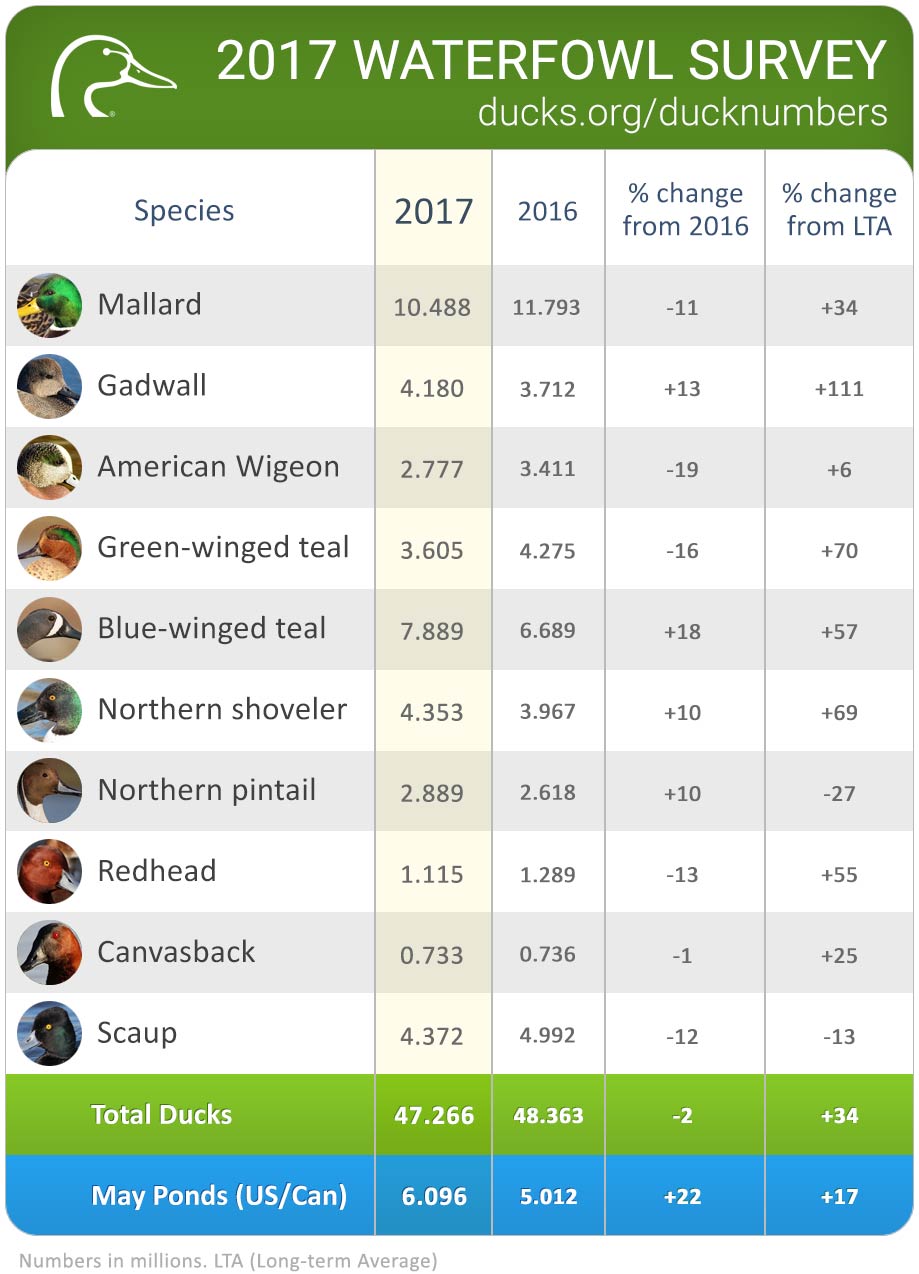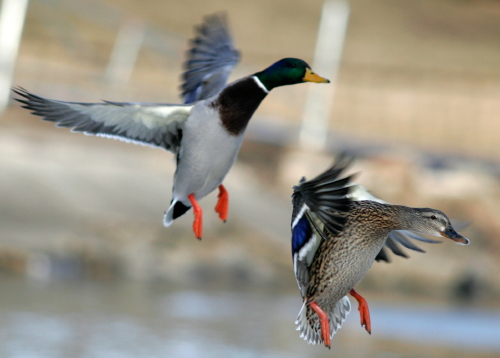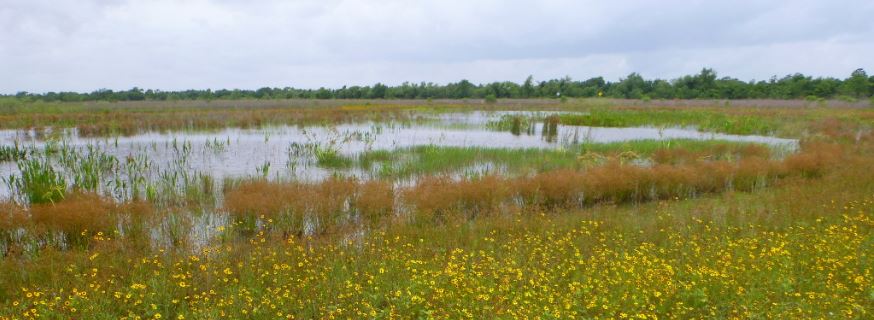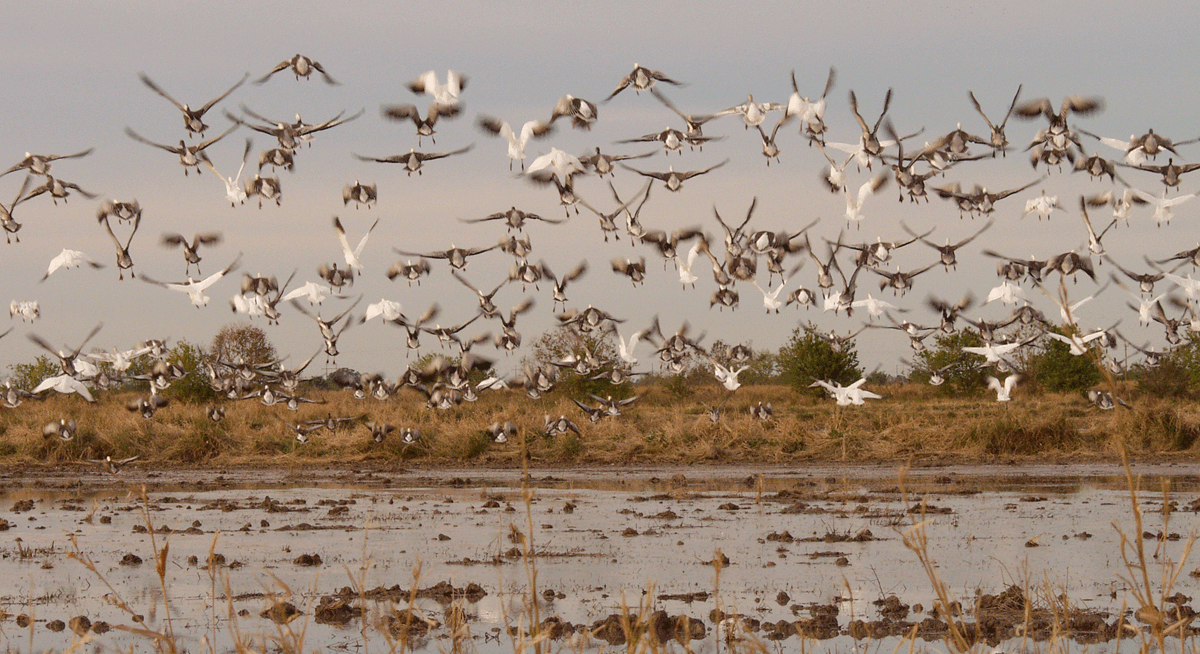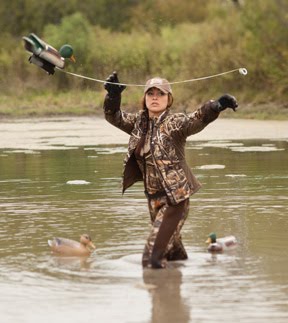Texas’ 2019 teal season is set to be hot, and we’re not just talking about the temperature. It will rain again one day, but restricted surface water has its upside. State waterfowl biologists are suggesting this year’s early teal hunting season is looking “really good.” The migratory bird forecast indicates that waves of blue-winged teal are headed for Texas. I’ll take that.
“Literally millions of teal are heading our way and growing numbers are already being reported across the state,” said Kevin Kraai, waterfowl program leader with the Texas Parks and Wildlife Department (TPWD). “It is looking like the timing of this year’s teal season may be another encouraging point considering the full harvest moon will be on Friday, the day before the season opener. That will trigger mass migration of teal out of the Dakotas.”
Teal Season Tell
While the stars may be aligning for what could be a bountiful teal hunting season, the extended dry weather across much of Texas could be a real concern. Kraai indicated a lack of water now following the wet spring and early summer that hit much of the eastern half of Texas isn’t necessarily a detriment to the 2019 teal season.
“Seems we are always in a pattern of too much or too little rainfall here in Texas,” he said. “We have definitely entered a dry spell over the last couple of months, which is not necessarily a terrible thing for many parts of Texas. Typically, when there is less water spread out across the landscape it concentrates birds in areas where teal hunters tend to be waiting.”
The extremely wet spring and summer in eastern Texas had rivers flooding and lakes way above conservation pool. This unfortunately will impact the amount of terrestrial seed producing vegetation that generates the high energy foods that teal will be seeking. The upper ends of these reservoirs will still be a great place to check for migrating teal despite high waters earlier in the year. Submerged aquatic vegetation should be growing rapidly this time of year and aquatic bugs, essential to migrating and molting teal, will be flourishing in those locations.
Texas Teal Season Prospects for 2019
As for conditions and prospects for teal season around the state, TPWD waterfowl biologists report:
- The Gulf Coast is drying out quick but freshwater flows into the bay systems have sparked an above average amount of submerged aquatic vegetation currently growing in places that are typically much more saline. Marsh complexes up and down the coast should see an increase in teal use this fall.
- Further inland in the agricultural areas of the Gulf Coast there are a lot of people prepping for the wave of teal coming our way. Pumps are running night and day and canals are open and flowing. These folks will most certainly see incredible teal concentrations enjoying the tables that they set for them.
- Much like the rest of the state the High Plains playas received substantial rainfall this spring and summer. Very high temperatures and strong dry winds have really wreaked havoc on the standing water across much of the Panhandle the last couple of months. There are still some locations with clusters of wet playas, but they are receding fast. Definitely going to need some replenishing rains soon to carry this important waterfowl area into the winter.
2019 Texas Teal Hunting Season Dates
The 16-day statewide early teal season in Texas will run Saturday, Sept. 14 through Sunday, Sept. 29. The daily bag on teal is six, with a possession limit of 18. The Eastern Zoned Canada goose season runs concurrently. Bag limit for Canada geese will be five and a possession limit of 15 in the Eastern Zone only.
Teal Season Must-Haves
A teal hunting trip typically ranges from pleasant to downright miserable, but the worst day of teal hunting still beats a day at work. Like most everything, one of the best ways to approach the outdoors in Texas is to be prepared, especially when it comes to the early teal season.
If you’re headed teal hunting, below are a few things you will want to take with you into the field:
- A familiar shotgun
- Steel shot, size 6-7
- Federal duck stamp
- Mosquito repellant
- “Sweat towel”
- Drinking water
- A sense of humor

